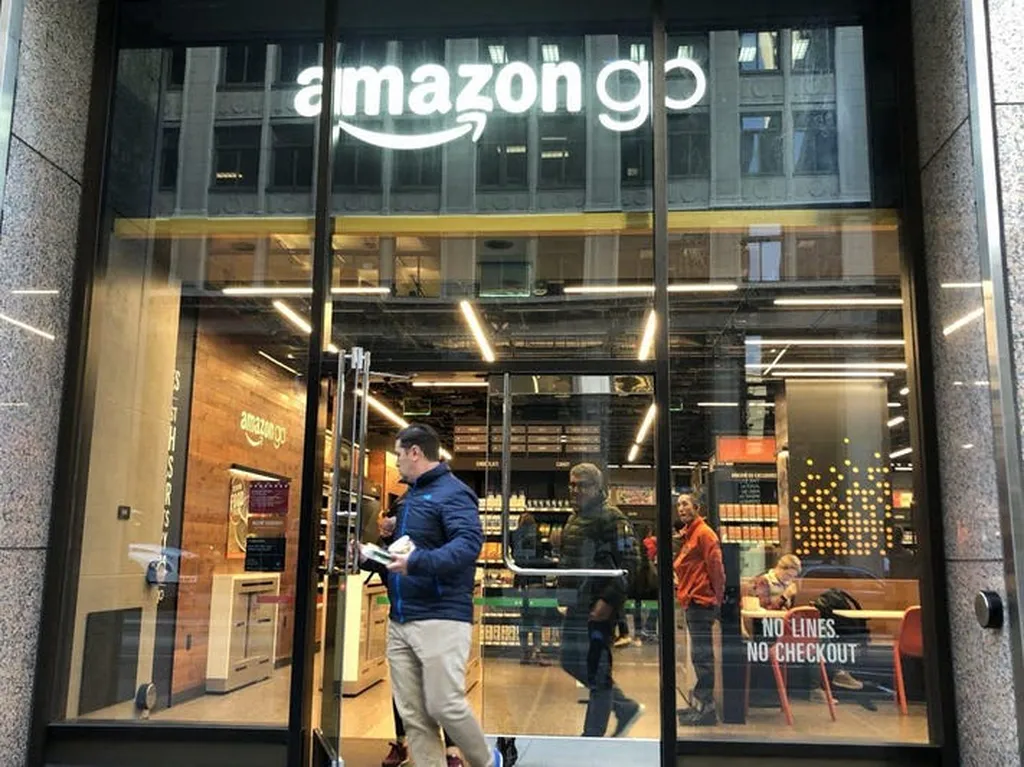In the rapidly evolving landscape of online food retail, Amazon’s marketing strategies have become a focal point for understanding consumer behavior. A recent study published in *Frontiers in Sustainable Food Systems* (translated as *Frontiers in Sustainable Food Systems*), led by Sherouk Hassan from the College of Economics and Management at Nanjing Agricultural University in China, delves into the intricate ways Amazon’s tactics influence how we buy food online. The research sheds light on key factors such as app quality, convenience motivation, perceived control, and price-saving orientation, offering valuable insights for both retailers and consumers.
Hassan’s study highlights how the quality of Amazon’s app plays a crucial role in shaping consumer behavior. “A well-designed, user-friendly app can significantly enhance the shopping experience, making consumers more likely to make purchases,” Hassan explains. This finding underscores the importance of investing in technology that prioritizes ease of use and functionality. For the food sector, this means that retailers must focus on creating seamless digital interfaces that cater to the needs and preferences of their customers.
The research also explores the concept of convenience motivation, which refers to the desire for quick and effortless shopping experiences. “Consumers are increasingly valuing their time and seeking out platforms that offer convenience and efficiency,” Hassan notes. This trend is particularly relevant in the food sector, where time-strapped consumers often turn to online platforms for groceries and meal kits. Retailers that can capitalize on this motivation by streamlining their processes and offering fast delivery options are likely to see a boost in customer loyalty and sales.
Perceived control is another critical factor identified in the study. Consumers feel more comfortable making purchases when they have a sense of control over the process. “When consumers feel in control, they are more likely to engage in online shopping and make repeat purchases,” Hassan explains. This finding suggests that retailers should provide clear information, transparent pricing, and easy navigation to empower consumers and build trust.
Price-saving orientation, or the desire to find the best deals, is also a significant driver of consumer behavior. “Consumers are always looking for ways to save money, and platforms that offer competitive pricing and discounts can attract and retain customers,” Hassan says. For the food sector, this means that retailers should focus on offering value-for-money options and leveraging promotional strategies to entice price-conscious consumers.
The implications of this research are far-reaching for the food sector. As online food retail continues to grow, understanding the factors that influence consumer behavior will be crucial for retailers looking to stay competitive. By investing in app quality, prioritizing convenience, empowering consumers, and offering competitive pricing, retailers can create a shopping experience that resonates with their target audience.
Moreover, this research could shape future developments in the field by encouraging retailers to adopt a more consumer-centric approach. As Hassan concludes, “Retailers that can adapt to the evolving needs and preferences of consumers will be the ones that thrive in the long run.” This insight is particularly relevant in the context of sustainable food systems, where the focus is on creating a more efficient, equitable, and environmentally friendly food supply chain.
In the end, Hassan’s study serves as a reminder that understanding consumer behavior is key to success in the online food retail sector. By leveraging the insights from this research, retailers can create a shopping experience that not only meets the needs of their customers but also contributes to a more sustainable and resilient food system.

